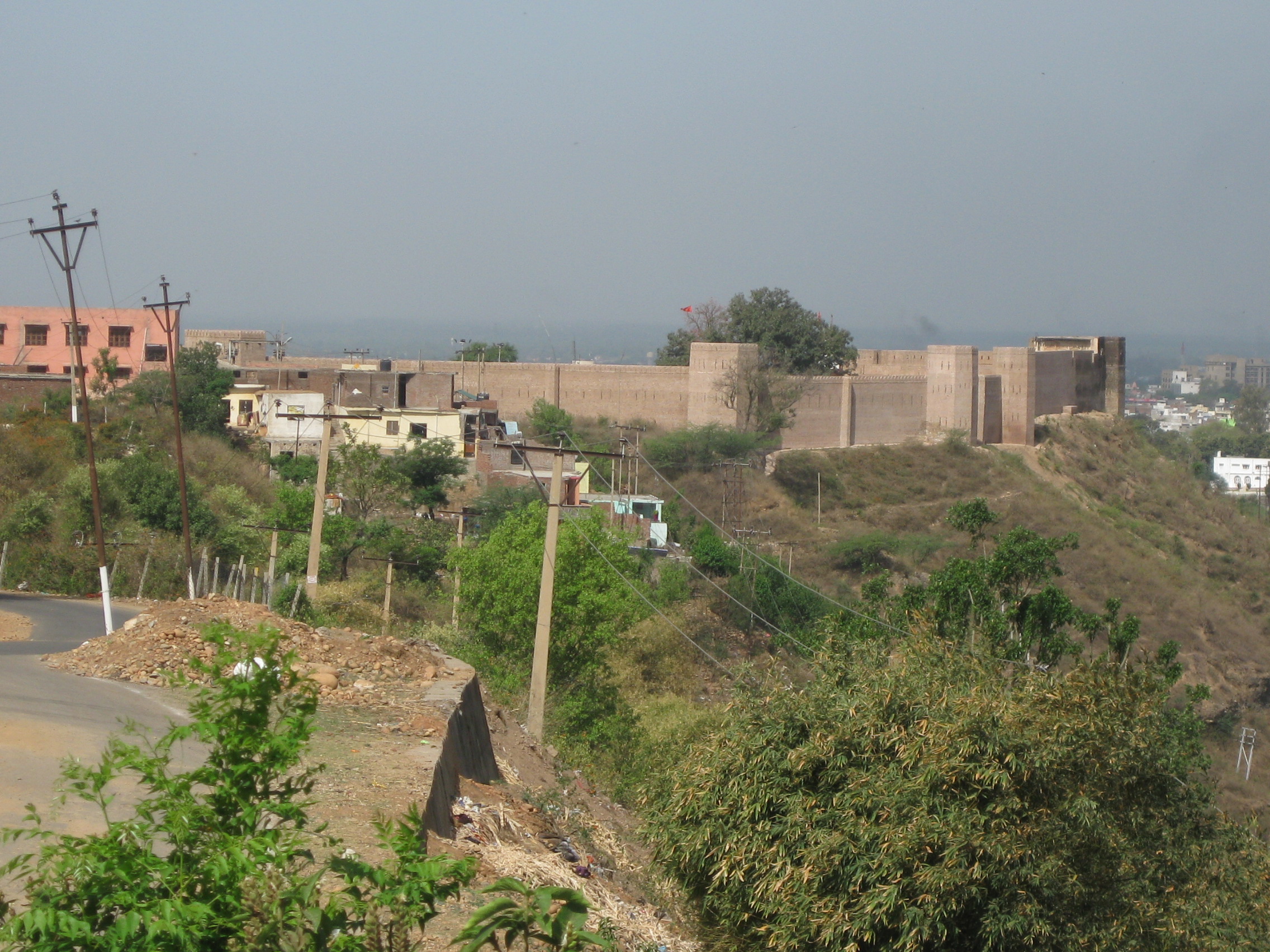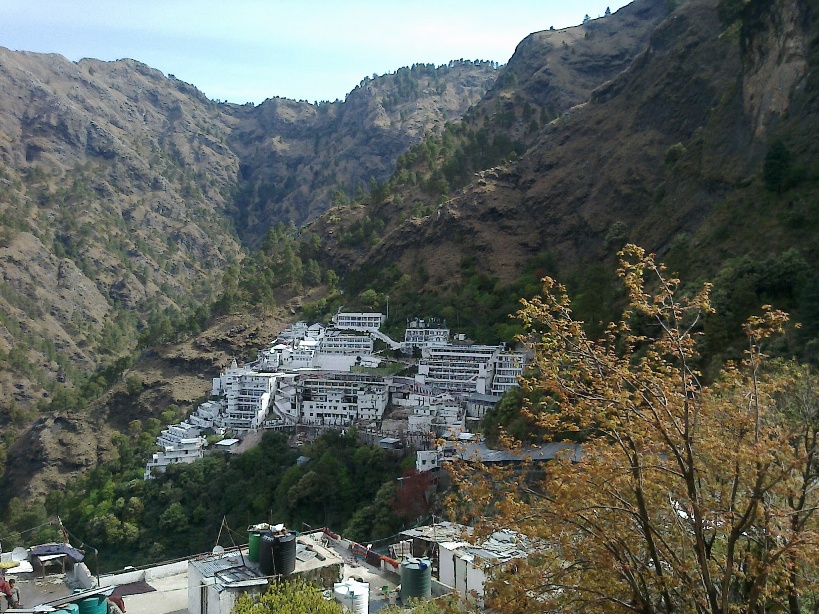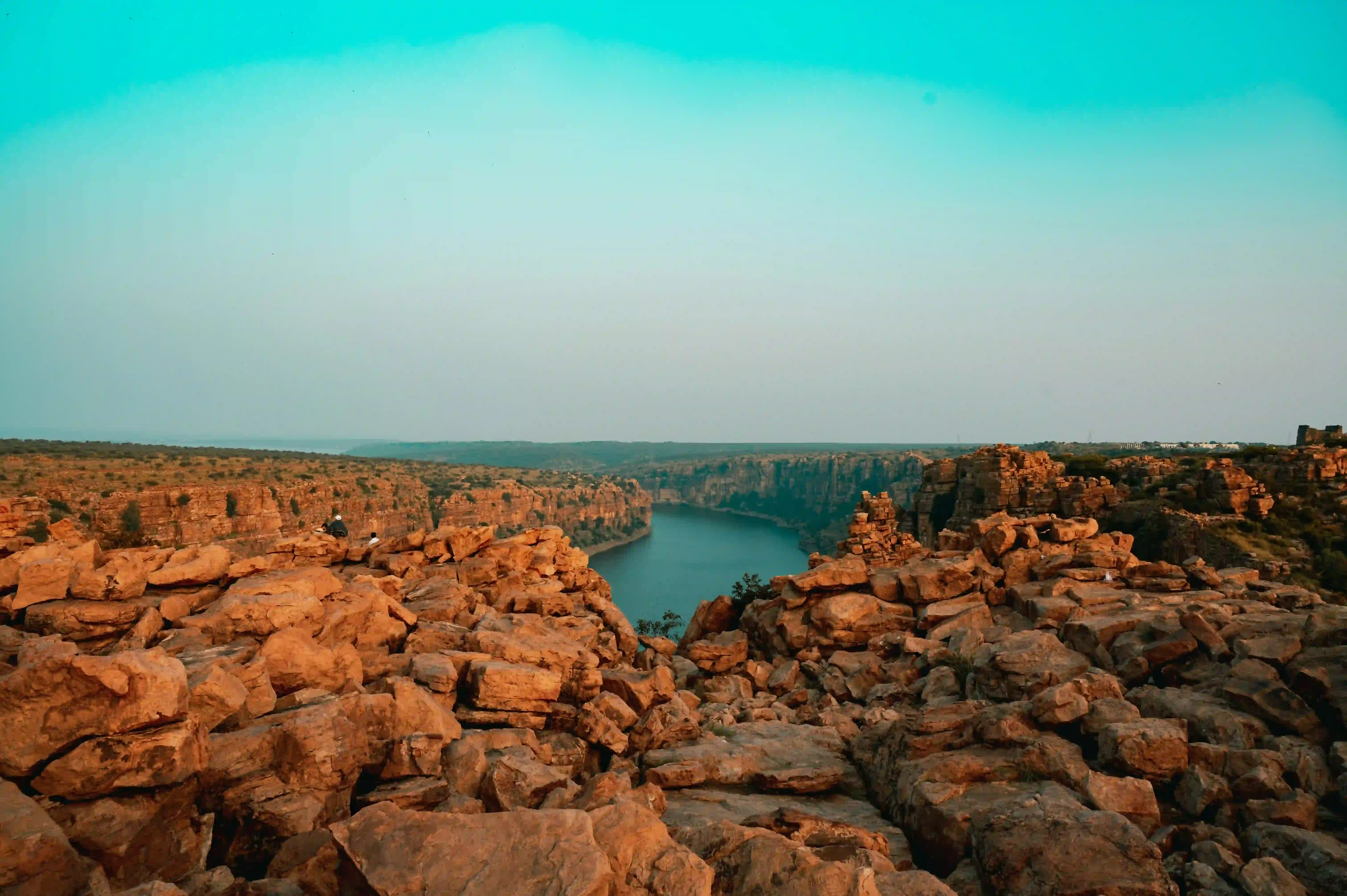Bahu Fort stands as a testament to Jammu's rich historical tapestry, rooted in the legendary tale of Raja Bahulochan. Constructed around 1000 BC, this formidable fortress represents more than mere stone and mortar—it embodies the cultural resilience of a region steeped in profound historical significance.
The fort's architectural marvel speaks volumes about the strategic brilliance of its builders. Perched on a rocky plateau at 325 meters elevation, its robust sandstone walls and eight octagonal towers tell stories of military prowess. The massive entrance, designed to accommodate elephants, and the intricate underground chambers reveal the sophisticated defensive strategies of ancient rulers.
Nestled on the left bank of the Tawi River, Bahu Fort has witnessed the rise and fall of numerous dynasties. The Dogra kings particularly left an indelible mark, renovating and expanding the structure during their reign. Their architectural interventions transformed the fort from a mere defensive structure to a symbol of royal grandeur and political power.
Within the fort's complex lies the sacred Bawe Wali Mata Temple, dedicated to the powerful Hindu goddess Kali. This religious site attracts countless devotees, particularly on Tuesdays and Sundays, which are considered spiritually significant. The temple's presence underscores the fort's dual identity as both a military stronghold and a spiritual sanctuary.
The legendary origin of Jammu itself is intrinsically linked to this site. The story of Raja Jambu Lochan, who founded the city after witnessing a tiger and goat peacefully coexisting, symbolizes the region's ethos of harmony. This profound narrative transcends mere historical documentation, representing a philosophical approach to existence and mutual respect.
Renowned warriors like Maharaja Gulab Singh and Maharaja Pratap Singh graced these walls, each adding layers to the fort's complex narrative. Their presence transformed Bahu Fort from a simple defensive structure to a dynamic center of political and cultural exchange, reflecting the dynamic nature of regional power dynamics.
The fort's modern significance extends beyond its historical context. Declared a heritage site by the Government of India, it now serves as a crucial tourist destination and cultural landmark. Despite ongoing challenges of preservation, Bahu Fort continues to captivate visitors with its panoramic views of Jammu city and its rich, multifaceted heritage.
Each stone of Bahu Fort carries whispers of ancient battles, royal intrigues, and cultural transformations. It stands not just as a monument, but as a living narrative of Jammu's extraordinary journey—a testament to the region's enduring spirit, resilience, and cultural depth.









